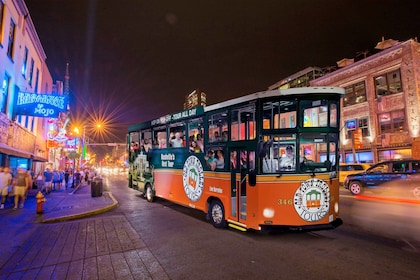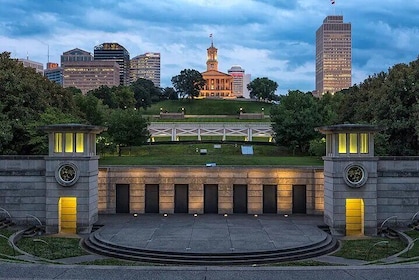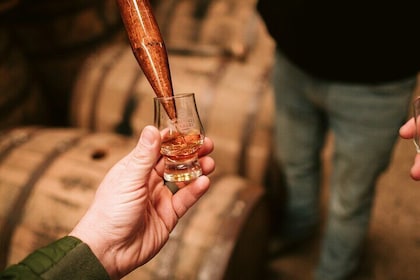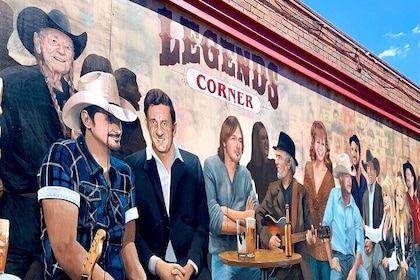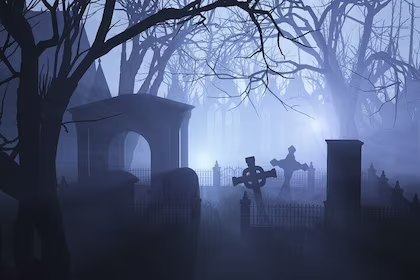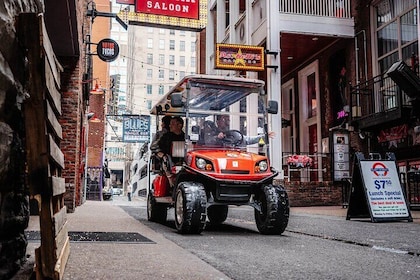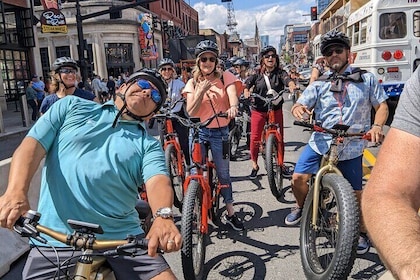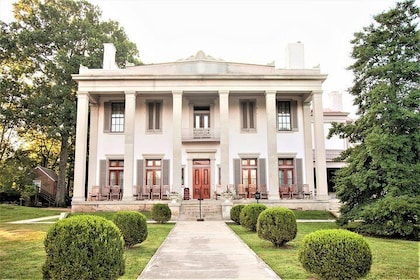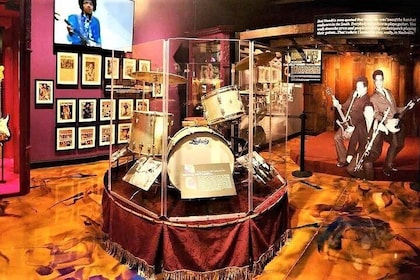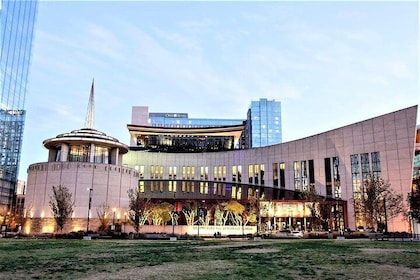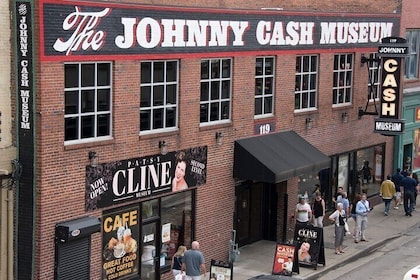Hacienda histórica Travellers Rest: Tours y Actividades
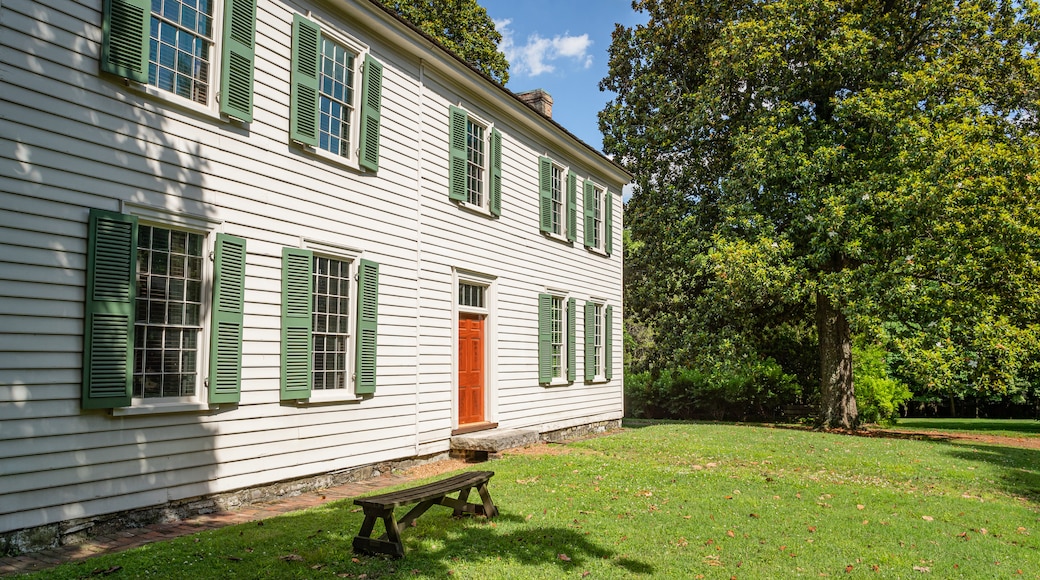




Visita Hacienda histórica Travellers Rest
Haz planes y viaja a Hacienda histórica Travellers Rest

Dream Nashville, by Hyatt
Enviada el 10 ago. 2024

Hutton Hotel
Enviada el 15 ago. 2025
Tours y excursiones de un día
Ver las 121 actividades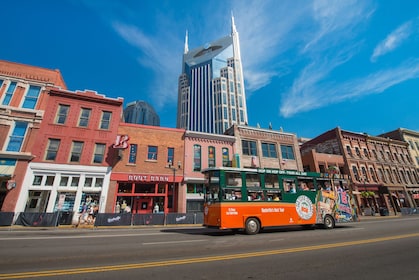
Turibús en Old Town Trolley por la ciudad de Nashville
Alimentos, bebidas y vida nocturna
Ver las 40 actividades
Excursión de un día a la destilería Jack Daniel's
Tours privados y personalizados
Ver las 18 actividades
Nashville's Haunted Spirits Murder & True Crime Ghostly Pub Crawl
Aventura y actividades al aire libre
Ver las 14 actividades
Visita a la cervecería y destilería de Nashville en carrito de golf
Atracciones
Ver las 12 actividades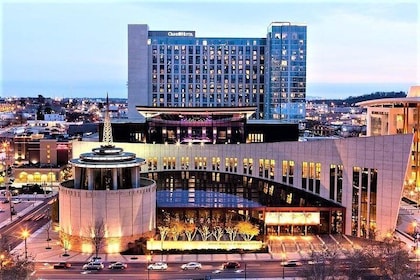
Salón de la Fama de la Música Country y Admisión a Museos
Sitios más populares para visitar
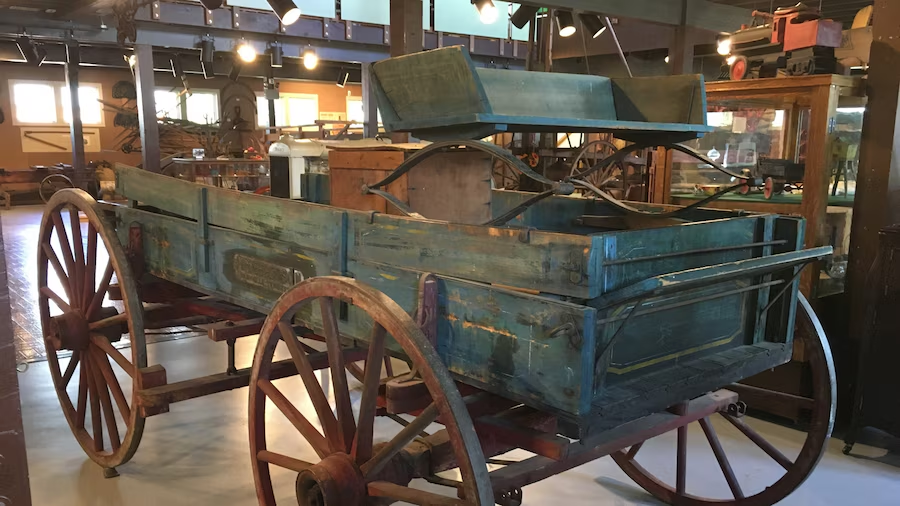
Museo de agricultura de Tennessee
Pasa un día entre las exhibiciones del Museo de agricultura de Tennessee cuando viajes a Nashville. Cuando visites la zona, aprovecha para ver un espectáculo en sus teatros y disfrutar de la música en vivo.
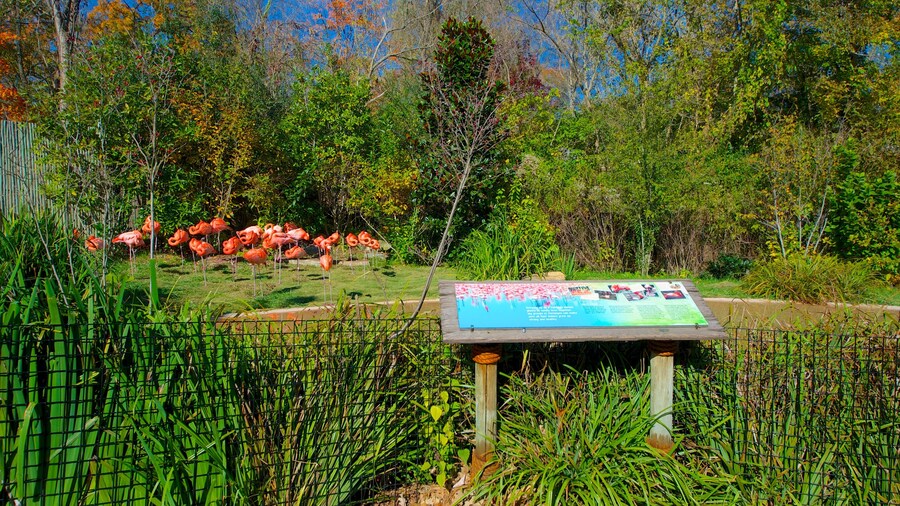
Nashville Zoo
Aquí podrás escuchar a los pájaros cantores, las llamadas de apareamiento y el chillido de los monos. Los habitantes de este zoológico tienen su propio estilo de música especial.
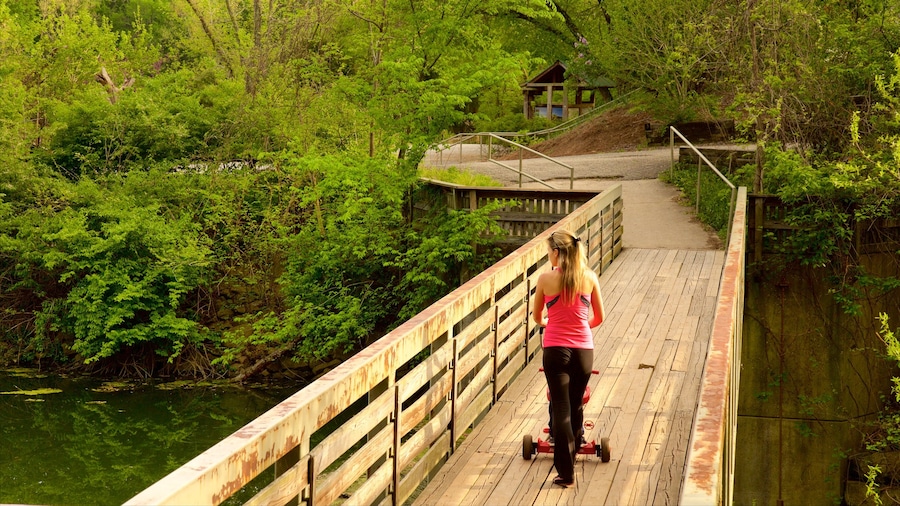
Radnor Lake State Park
Camina por los bellos senderos, observa una gran variedad de aves y rema en una canoa por el gran lago de este impresionante parque ubicado a las afueras de Nashville.
Governor's Residence
Para conocer mejor la historia de Nashville, solo tienes que visitar Governor's Residence. Cuando estés en esta zona, podrás vivir de cerca sus eventos deportivos y aprovechar para disfrutar de la música en vivo.
Oscar Farris Agricultural Museum
Pasa un día observando las exhibiciones en Oscar Farris Agricultural Museum cuando visites Nashville. Cuando visites la zona, aprovecha para ver un espectáculo en sus teatros y disfrutar de la música en vivo.
Nashville Armory
Aprovecha las opciones entretenidas que te ofrece Nashville Armory cuando vayas a Nashville. Cuando estés en esta zona, podrás vivir de cerca sus eventos deportivos y aprovechar para ver un espectáculo en sus teatros.
Ofertas para los mejores hoteles
Consulta disponibilidad de hoteles cerca de Hacienda histórica Travellers Rest

La Quinta Inn by Wyndham Nashville South

Candlewood Suites Nashville South by IHG

Red Roof Inn PLUS+ Nashville Fairgrounds

Hyatt Place Nashville Brentwood

Sheraton Nashville Brentwood

Holiday Inn Express & Suites Nashville - Brentwood I-65 by IHG

Best Western Brentwood

Brentwood Suites Nashville, an Ascend Collection Hotel


